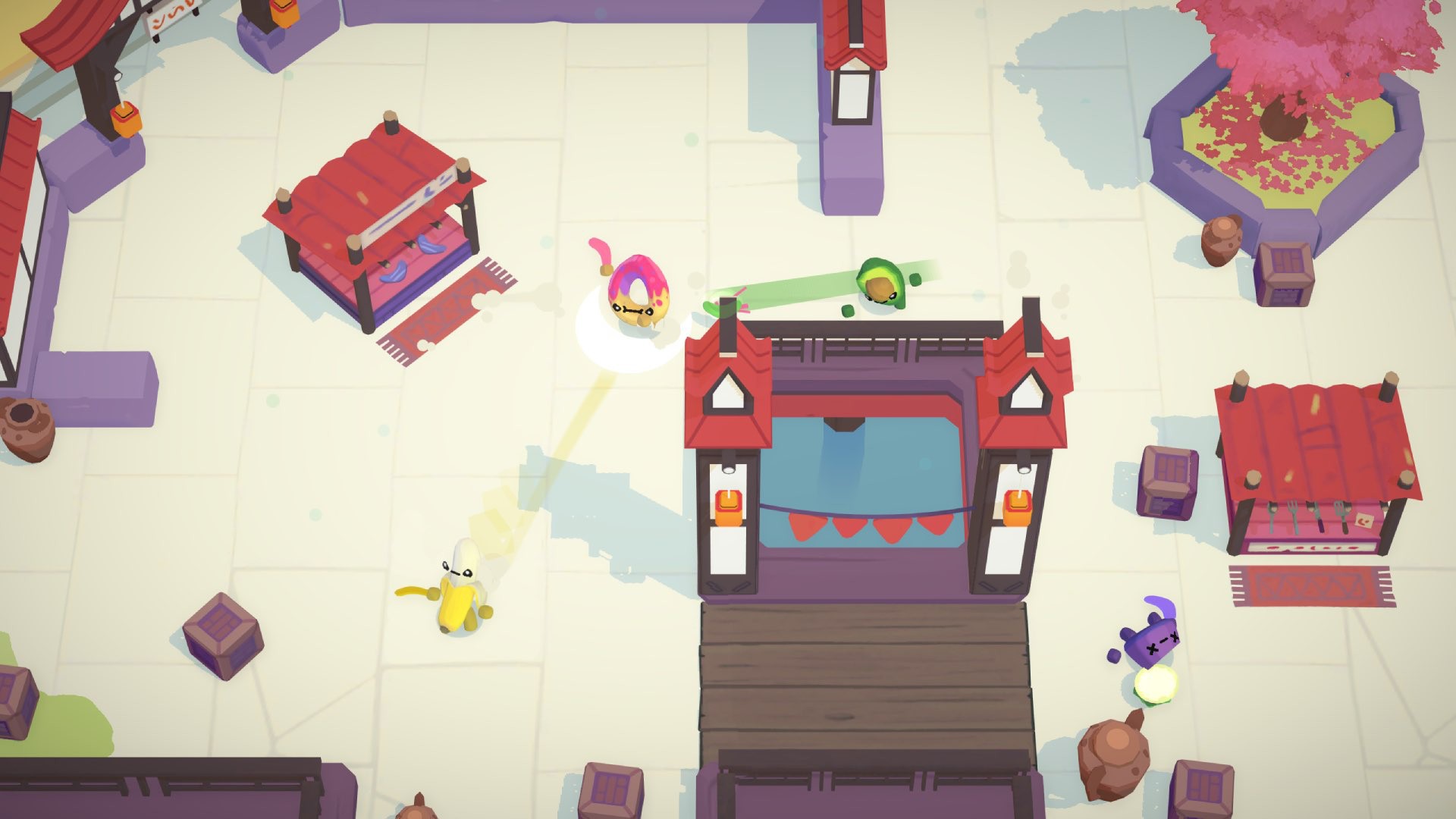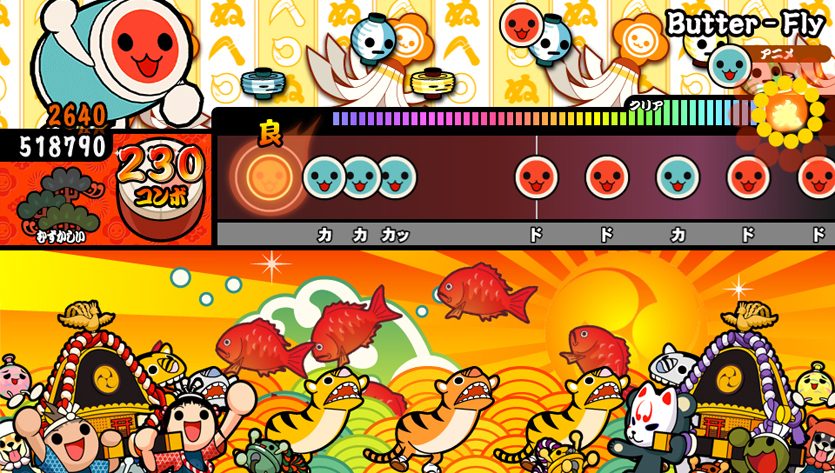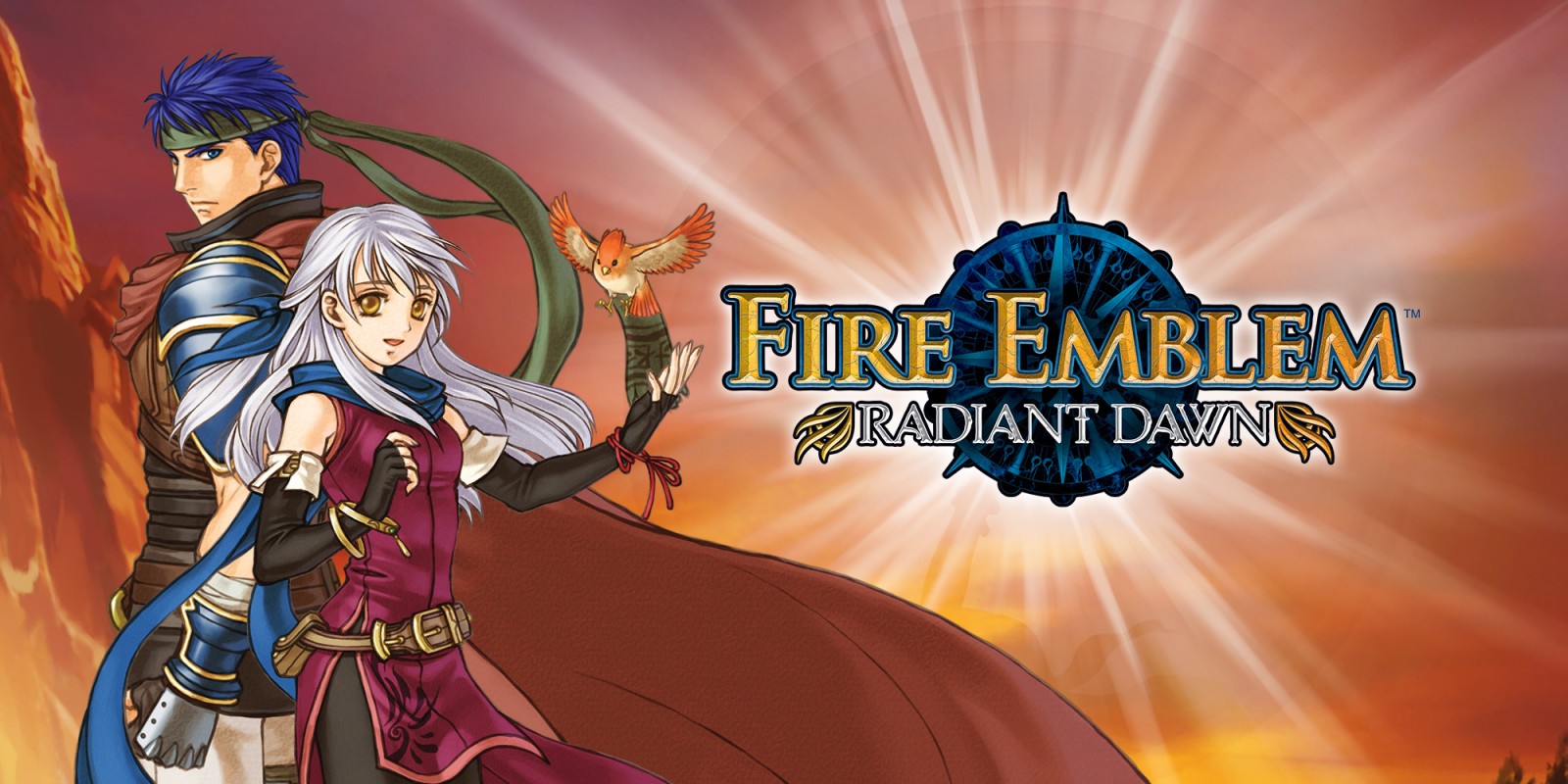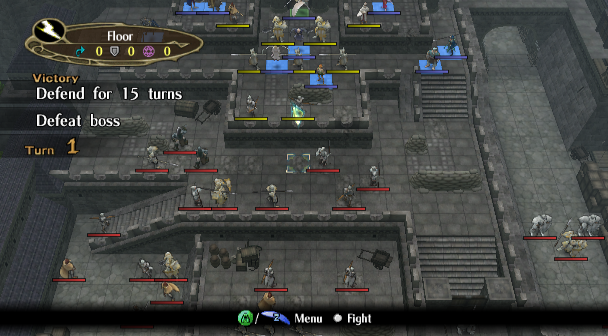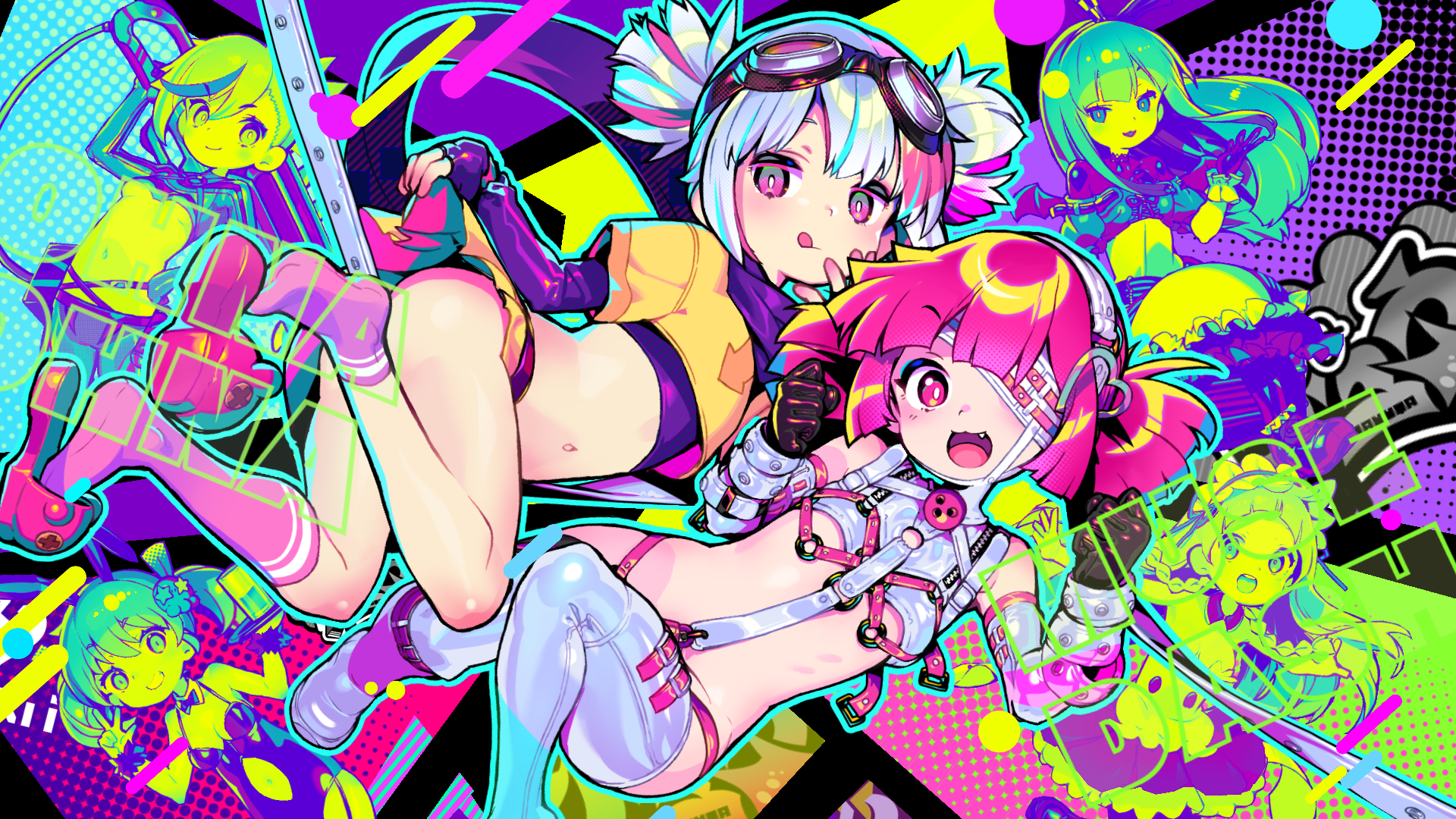/cdn.vox-cdn.com/uploads/chorus_asset/file/24124186/PC_DARK_KA2_HORIZ_DIGITAL_FINAL_SIMPLE_BLEED_09.22.2022.jpg)
https://store.steampowered.com/app/1997040/MARVEL_SNAP/
Marvel Snap is a free-to-play digital card game for Windows, Android and IOS. Released on October 18 2022, the game won best mobile game of the year at the game awards. There are over 200 cards released, with new cards added regularly during updates. Former hearthstone developers were heavily involved in making this game.
Elemental Triad:
Even though there is not really a written story to this game, the mechanics, aesthetics, and technology work very well together to form a common theme.

Mechanics:
Unlike a typical game of lowering the opponent’s health bar, this 1 player versus 1 player card battler game has unique rules for winning. There are 3 locations which are areas where players can play their cards. Each player can play cards to increase their power in the location. At the end of the game, the player with the highest power wins the location and the player with the most won locations wins the game. A typical game lasts 6 turns and every turn a player has 1 more mana than the previous turn, starting with 1 mana in turn 1.
The rank progression system involves earning cubes. Win a full game to earn 2 cubes. If the opponent retreats, the player earns 1 cube. Double the cube gain or lost by snapping, which it is just pressing the cube icon at the top of screen. For every 10 cubes earned, the player enters a new rank and earns new rewards.

Aesthetics:
As a Marvel game, it features characters and locations from Marvel Comics Universal. The cards are beautifully drawn and there are art variants of all the characters to collect. The aesthetics are very well designed and fit into the theme, the superpowers of the heroes are reflected well in their card effects. Wolverine, who has healing powers in the comics, have a card effect that plays him if he discarded or destroyed. Animations for the effects are short and awesome to look at. The only lacking component is the music, as the game has the same one track.
Technology:
The game runs smoothly on mobile and Windows. Even though the windows port could be improved further, as players have problems opening some inbox notifications.
Story:
There is no written story for the game. However, by playing the game, the player can interpret their own story. There are three locations, and the player sends heroes against other player’s heroes in those locations. Winning that location can make the player feel like they are heroes saving the city.

Lens of rules
With the unique rules for winning, comes wacky and interesting effects that can change the way you play the game. From turn 1 to 3, one of the three locations will reveal its effect. The Bar with No Name has an effect of whoever has the least Power here wins. This discouraged players from playing cards with positive power here. Mindscape swaps hands with opponent, Weirdworld draws from your opponent’s deck, this can completely change your game plan. The Vault, Miniaturized Lab, Kyln, only allows player to play cards on certain turns, players need to plan and decide if they should give up or contest the location. Limbo adds turn 7 to the game and TVA ends the game at turn 4. This affects players with combo decks as they need to unleash their combos early or late. The rules of the game stay the same, but it feels different every game as locations and cards interaction changes the dynamics of the game. With over 30 locations and over 200 cards, the game has high replay value and tons of fun.

Lens of competition
Players build their own deck and come up with strategies to win the game. There are many different meta decks such as On Reveal, Ongoing, Zoo, etc. For example, there is a deck that is built around the Devil Dinosaur card. Devil dinosaur gains +2 power for each card in your hand. Moon girl duplicates cards in your hand. Playing them one after the other results in a powerful combo. This powerful combo can be countered by playing Enchantress which is a card that remove the Devil Dinosaur buff. Experienced players know their decks’ strengths and weaknesses. They can also tell what the opponent might be up to after a few turns. Knowing when to retreat and when to snap is crucial in climbing far high up the ladder.

Lens of visible progress
Collecting cards to add to the deck is an awesome part of progression. The game has battle pass and mission which gives the players free credits. Credits are then used to upgrade cards visually. The card upgrades goes like this: New Frame -> 3D art -> Animation -> Shiny Logo -> Animated Frame -> Purplish Animated Frame. As the player upgrades their cards, they gained collection levels which is used to unlock new cards. It feels amazing to add new card to the collection and I always cannot wait to see what new card I unlock next. However, there are controversy around how the latest cards are being added to the game. To unlock the newest cards, the player need to be at the very high collection level, and it is still up to chance to unlock it. Some calling this game the first uncollectable collectable card game.
Lens of play testing
The PVP card involves tons of play testing to balance the power of the cards. Cards such as Leader is extremely strong and requires little to no skills to play it. Nerfs and buffs to the digital cards are common and are expected. To ensure the game has longevity, the developers require constant feedback from the communities and players. Right now there are some locations which are generally unfun, such as Lechuguilla, Subterranea which shuffle useless rock into the player decks. Many players gave feedback about this, however the developers seemed to not take it into account. Time will tell if Marvel Snap will become a truly great card game or just live in the shadow of Hearthstone.



